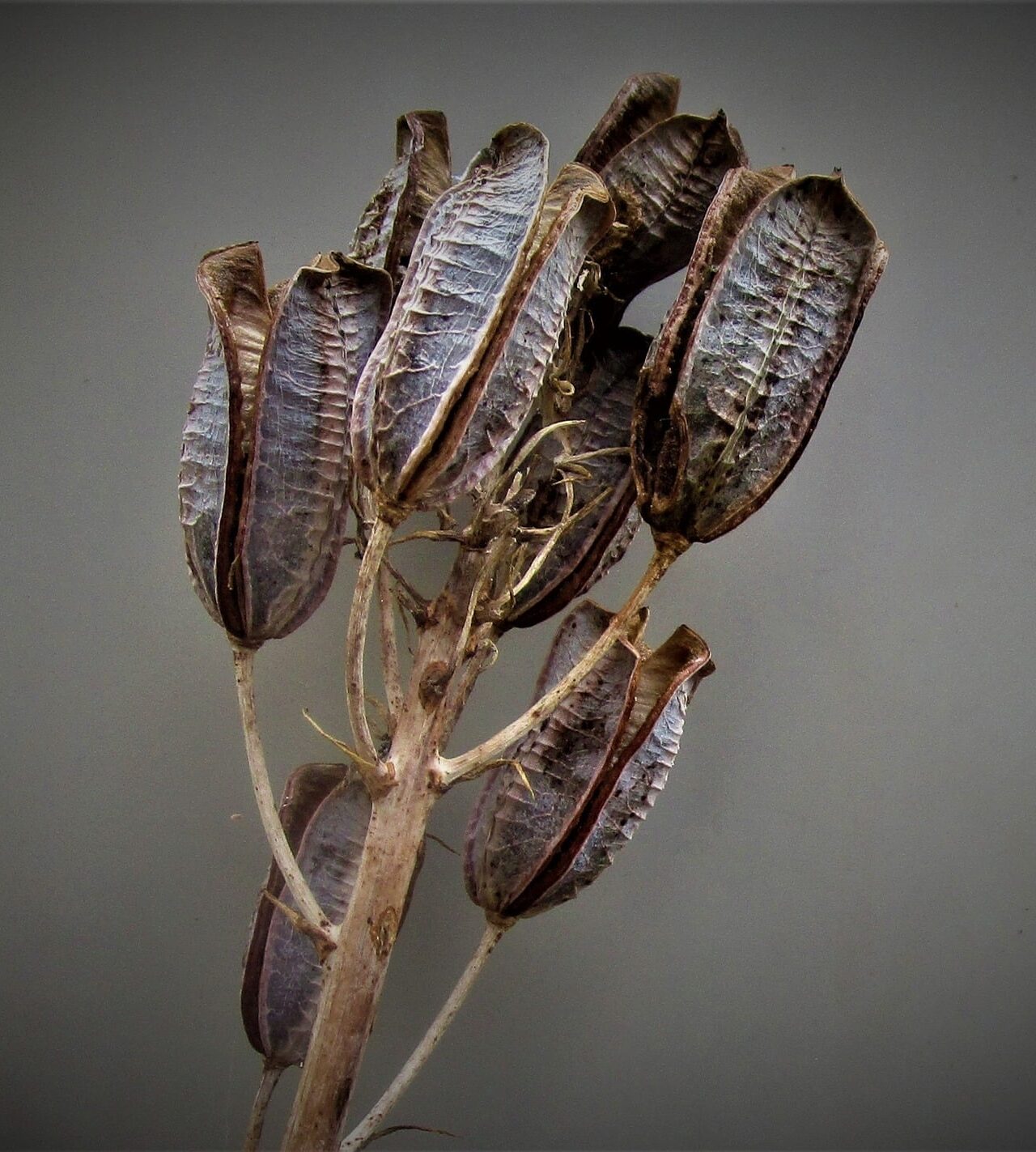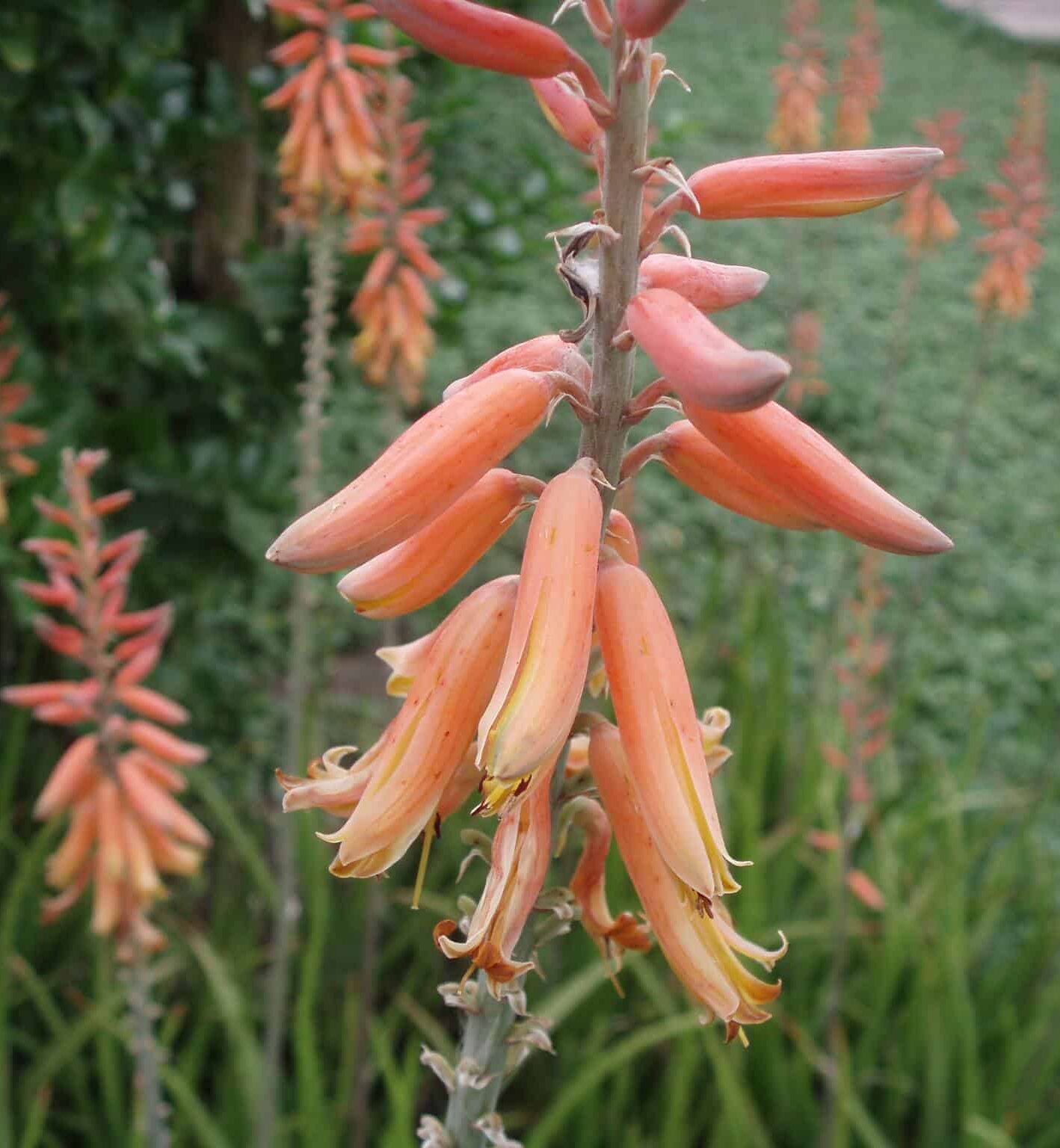Aloe Vera plant is usually propagated from cuttings, but did you know the seeds can also give you an exotic addition?
However, specific tactics need your lookout to harvest the seeds from an Aloe Vera plant. Stay tuned till the end!
Table of Contents Show
What Do Aloe Vera Seeds Look Like?
The beneficial Aloe Vera is an evergreen perennial succulent plant prospering in torrid desert habitats.
The plant completes its annual cycle by blooming during late winter to early spring, but the Aloe plant must be at least 4-10 years old to produce viable seeds.

Additionally, Aloe plant flowers are vibrant white, red, yellow, or orange, arranged atop a lofty flowering stalk that arises from within the basal rosette leaves.
Let’s look at the overview of Aloe seeds from the table.
| Features | Descriptions |
|---|---|
| Color | Mature: Dark-brown to black Immature: Light-colored or white |
| Size | 2-5 mm |
| Shape | Flat with rugged edges |
| Weight | 0.0019 g to 0.0022 g |
| Blooming Season | Early Spring to Summer |
| Flowers | Inflorescence: Spike (simple or compound cluster) Shape: Tubular or Bell-Shaped Number: 100-200 Color: White, Yellow, Orange, or Red |
| Harvest Season | Spring, Summer or Fall |
| Germination Initiator | Temperature |
| Germination Time | 2-4 weeks |
How Do You Get Aloe Vera Plant Seeds?
Aloe Vera plant takes time to reach seeding maturity, often marked by an array of blooms along the flowering stalk.
Nevertheless, an Aloe Vera plant will produce seeds in the spring or summer after flowering.
But to produce seeds, the flowers must be pollinated by long-beak avians like sunbirds and hummingbirds.

After pollination, Aloe Vera seed pods with both viable (dark) and non-viable (white) seeds hang on the flower stalk.
Steps to Harvest Aloe Vera Seeds for Planting
Follow the step-by-step instruction for collecting Aloe seeds.
- Split the dry seed pods by hand but evade windy or rainy days to do so.
- You can also pick the pods manually, keep in a paper bag and crush them from outside.
- Place a tray, plate, or white cloth under the plant to shake and collect the seeds.
- But you can also deadhead Aloe Vera flowering stalks with seed pods using sterilized pruners and jostle them on the tray or cloth.
- Keep the viable seeds inside a labeled paper envelope or tightly sealed glass container.
Aloe Vera Plant Seeds for Sale
The cost of Aloe Vera seeds ranges depending on the plant variety.
You can buy Aloe seeds from the following shops at affordable prices.
| Shops/ Sites | Delivery/ Shipping Time |
|---|---|
| Amazon | Within 4-5 days after placing an order |
| Walmart | Within 4 days after placing an order |
| Smart Seeds Emporium | Within 2 days after placing an order |
| US Seeds Bank | Within 3 days after placing an order |
How to Grow Aloe Vera from Seed?
You can start preparing a proper potting medium and implanting the seeds in spring.
As for the stored seeds, you can use them for the following spring season but try using them within a year as they lose their viability afterward.

How to Plant Aloe Vera Seeds At Home?
Propagating Aloe Vera from the seeds is easy and involves these steps.
Step 1: Prepare the Seed
- Prepare the stored seeds by soaking them in warm water overnight.
- You can also sow the freshly harvested seeds directly without soaking them.
Step 2: Prepare the Seed Starter Mix
Take a seedling germinating tray and begin sowing Aloe Vera seeds.
- Prepare a DIY potting mix using organic perlite, sand, peat moss, and sterile compost in a 2:1:1 mixture.
- Thoroughly mix with distillate water to make it damp but not soggy.
- You can also use the pre-made potting mix and start filling the trays all the way to the top with the mixture.
- Even the topsoil with gentle palm pats and then poke one-fourth-inch deep holes.
Step 3: Planting the Seeds
- Place 2 seeds in each soil compartment and cover it up with sand.
- Situate the setup in a heating mat maintained at 70-78°F.
- Cover the tray with perforated plastic wrap to secure moisture and warmth.
- Water three times a week when the substrate feels dry.
- After germination, keep the seedlings in the same tray for 2-3 weeks until they grow strong feeder roots.
- During this period, water biweekly and then transplant to a larger terracotta pot after new shoots appear.

How to Plant Aloe Vera Seeds Outdoors?
Plant Aloe seeds outdoors when winter or the last frost has passed and the soil is warm
Otherwise, cold drafts can easily stress them.
- First, dig up the ground patch and amend it with a DIY or commercial Aloe mix.
- Plant a seed one-fourth inch deep and 24-36 inches apart from each other.
- Top the seeds with some sand or mulch to confine moisture.
- Water thrice a week and check the soil temperature regularly.
- Seeds may germinate within 2-4 weeks, but give them 2-3 weeks of extra stretch for new feeder roots.
- When you witness 4 or more leaves, apply the organic fertilizer diluted to half strength.
The outdoor-grown plant can tolerate down to 50°F, but anything below 32°F will permanently damage the seedlings.
Therefore, germinating the seeds indoors would be best before taking them outside.
Take reference from the video for additional methods of planting Aloe seeds!
Care for Seeds & Seedlings
Here are a few essential things to know while supervising the growth of Aloe seeds, plantlets, and seedlings.
- Provide 6-8 hours of sunlight daily and maintain distance while planting the seedlings.
- Alternatively, you can use artificial fluorescent lighting for 14-16 hours daily.
- Avoid covering the tray using a non-sterile organic mix, leading to fungal growth.
- Mist the soil surface occasionally to keep the potting mix from drying out and avoid fertilization.
After the seedlings shoot new leaves, you can initiate the primary cultural care for Aloe, together with repotting upkeeps and pruning sessions.
From Editorial Team
Conclusion!
Moreover, Aloe seeds are easy to grow, maintain, and propagate, making the whole affair relatively easy for new gardeners.
However, follow the harvest and propagation guide to avoid costly mistakes.


